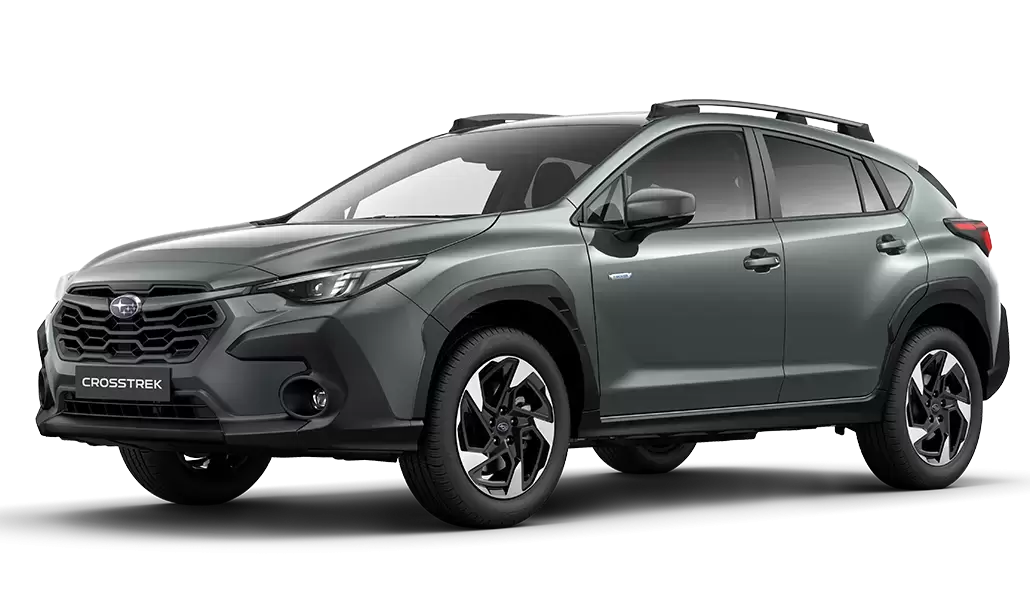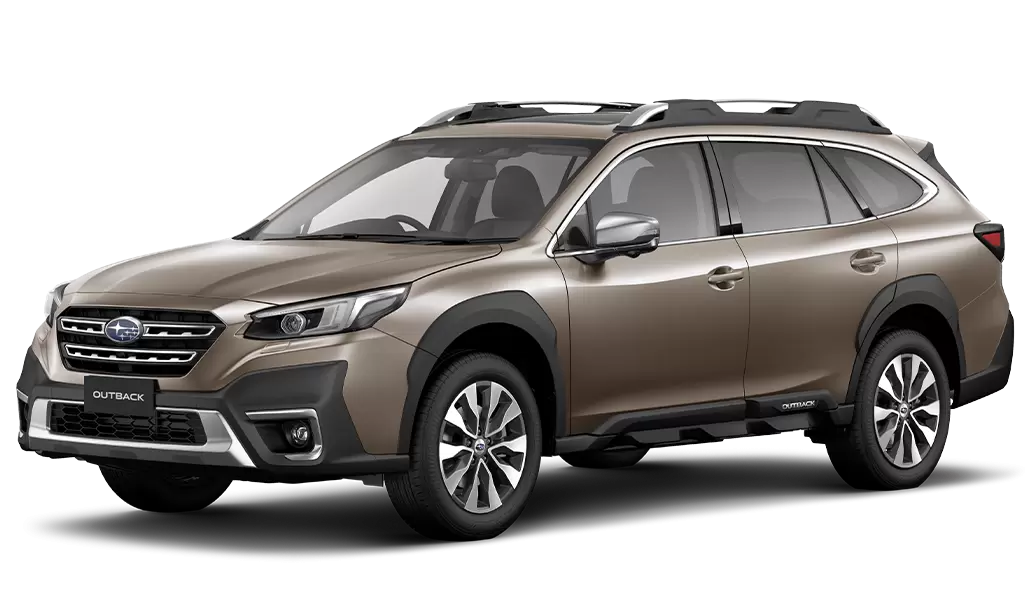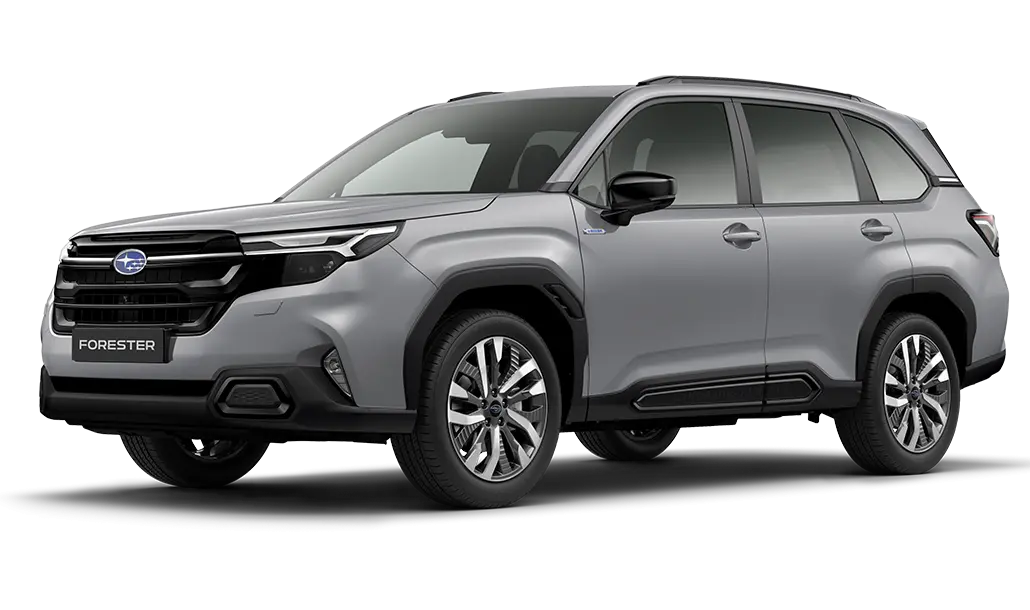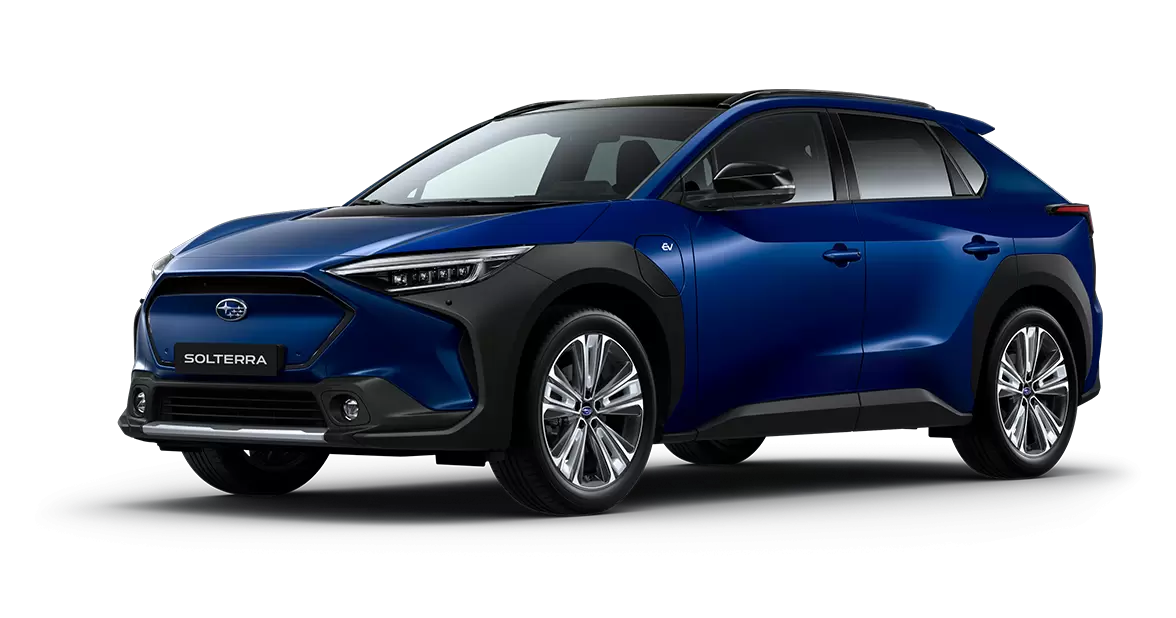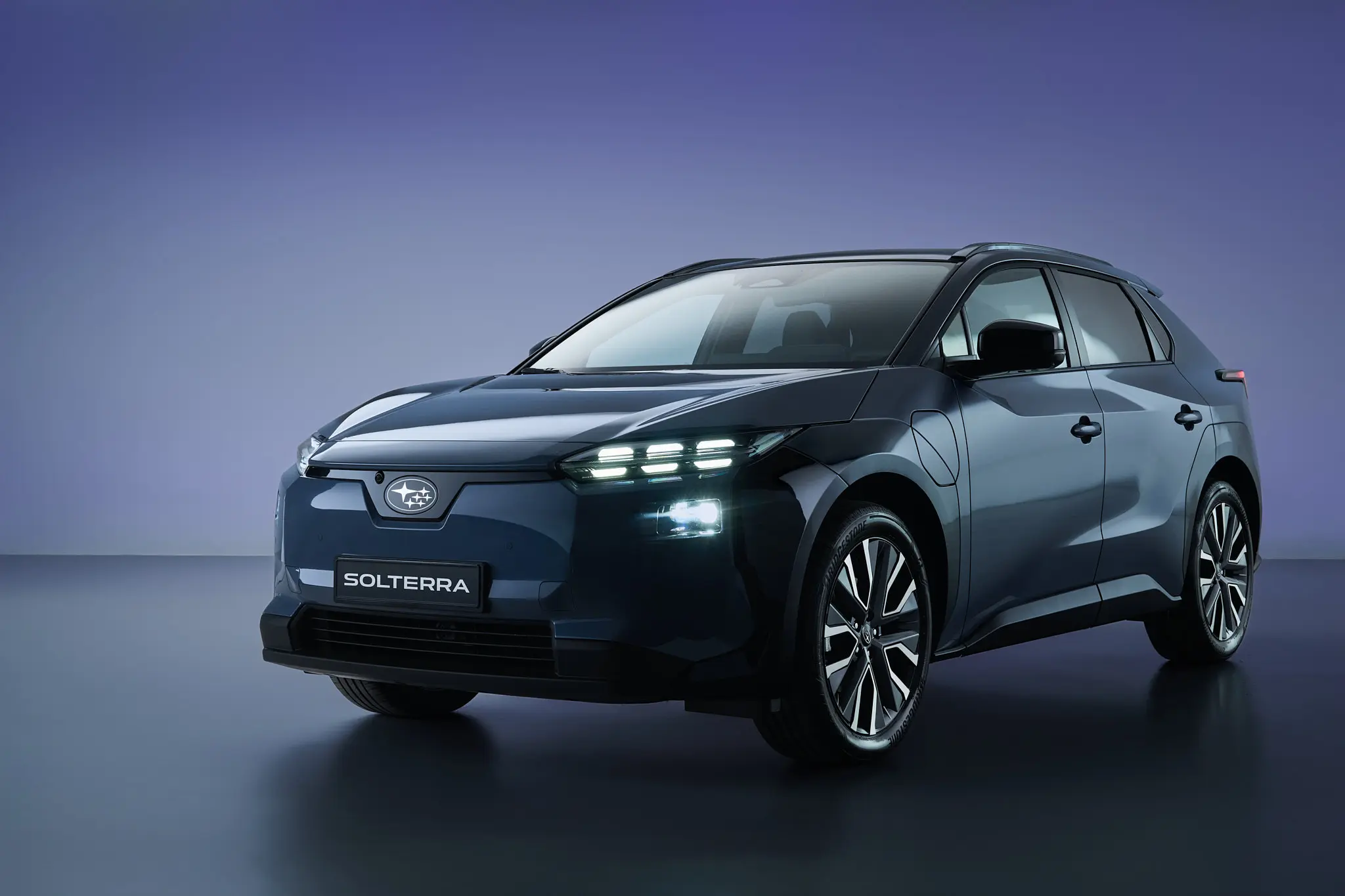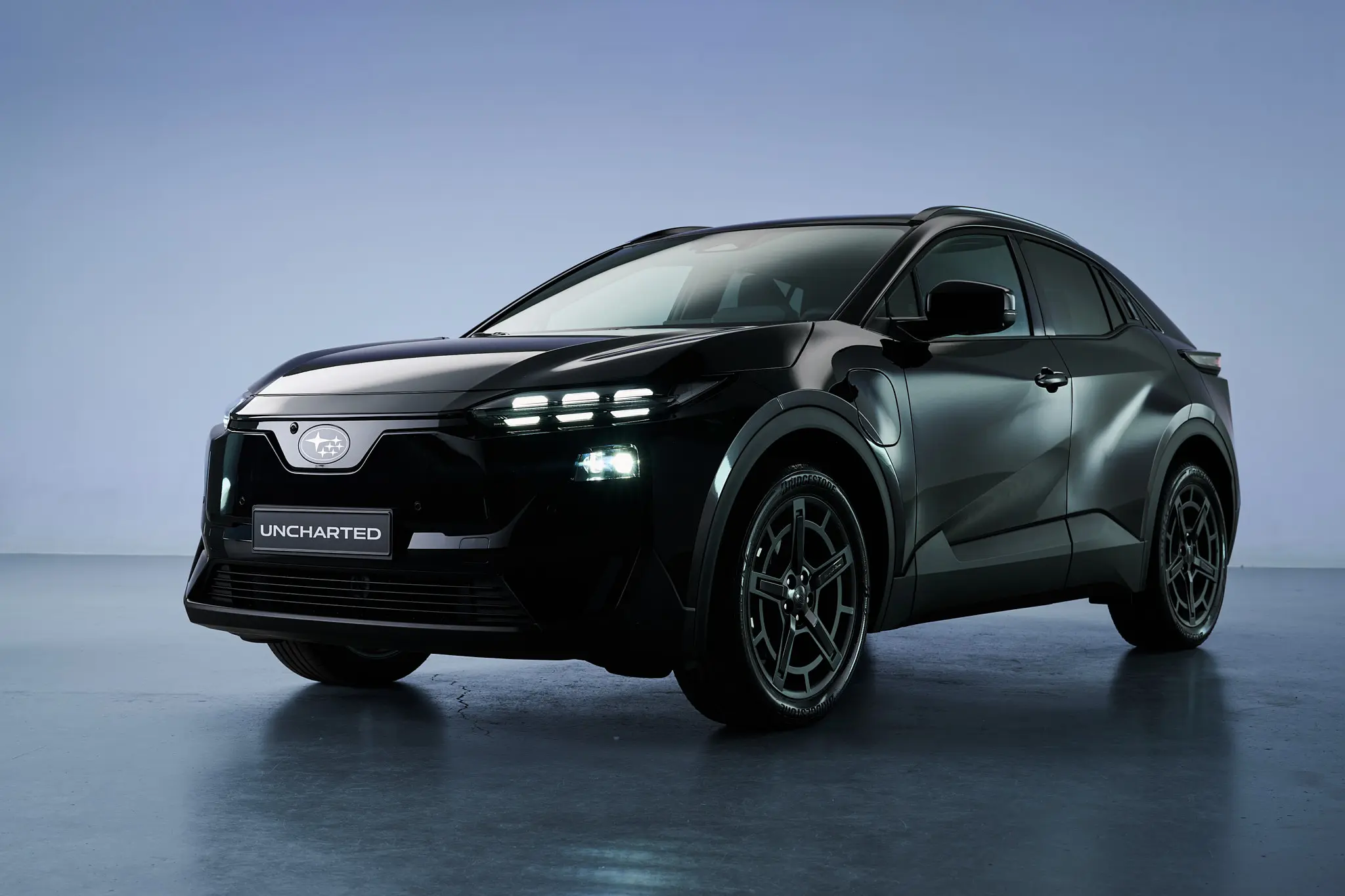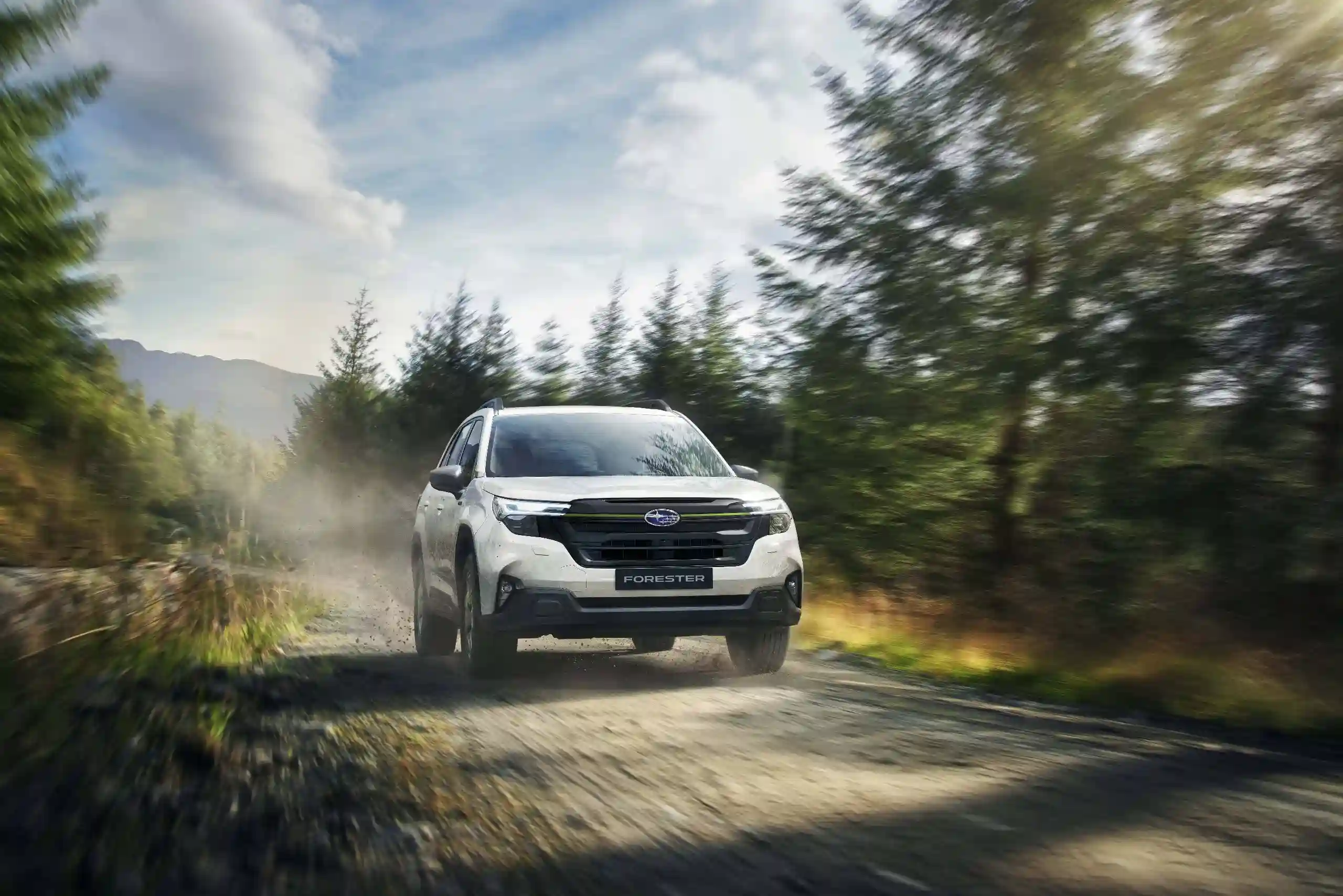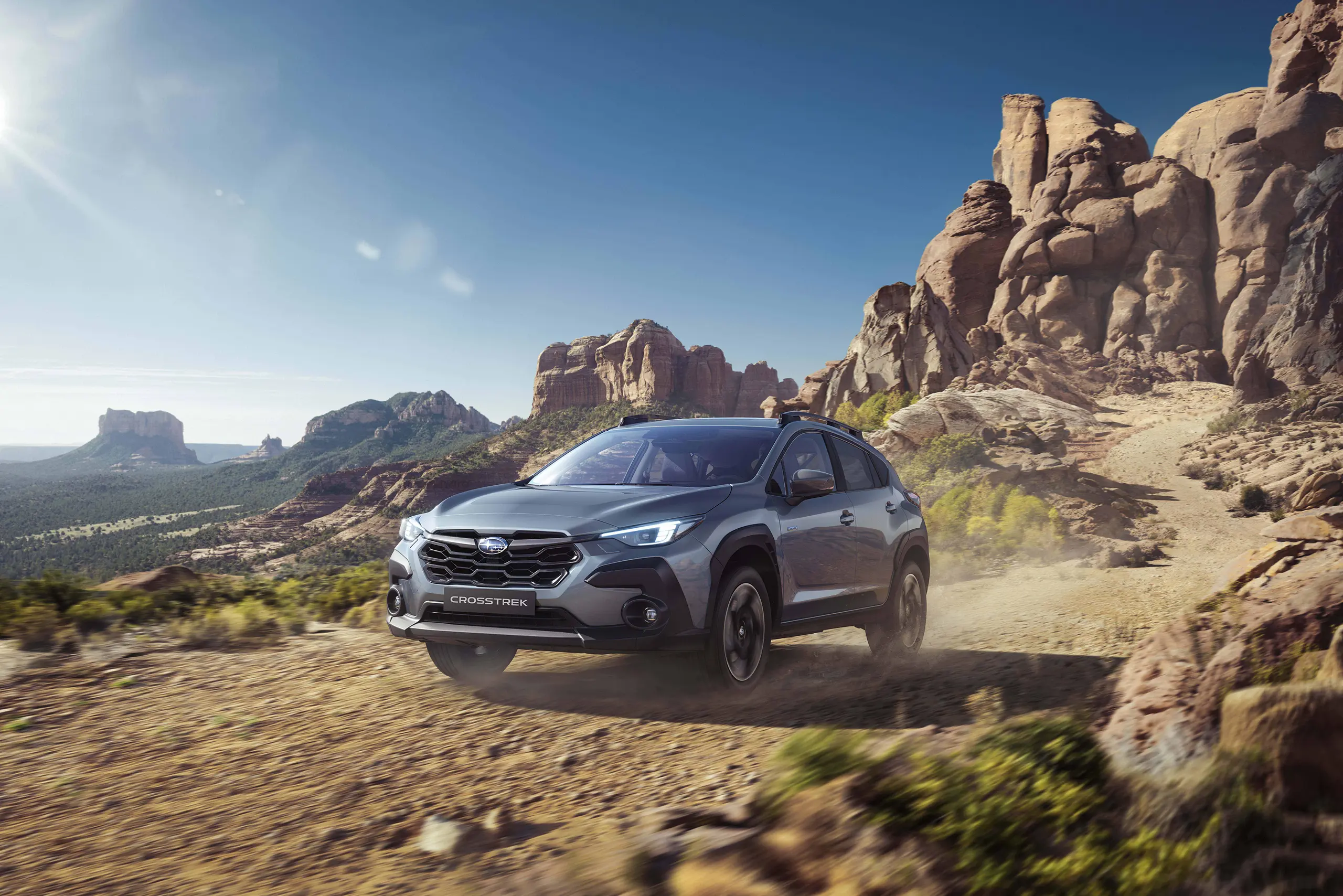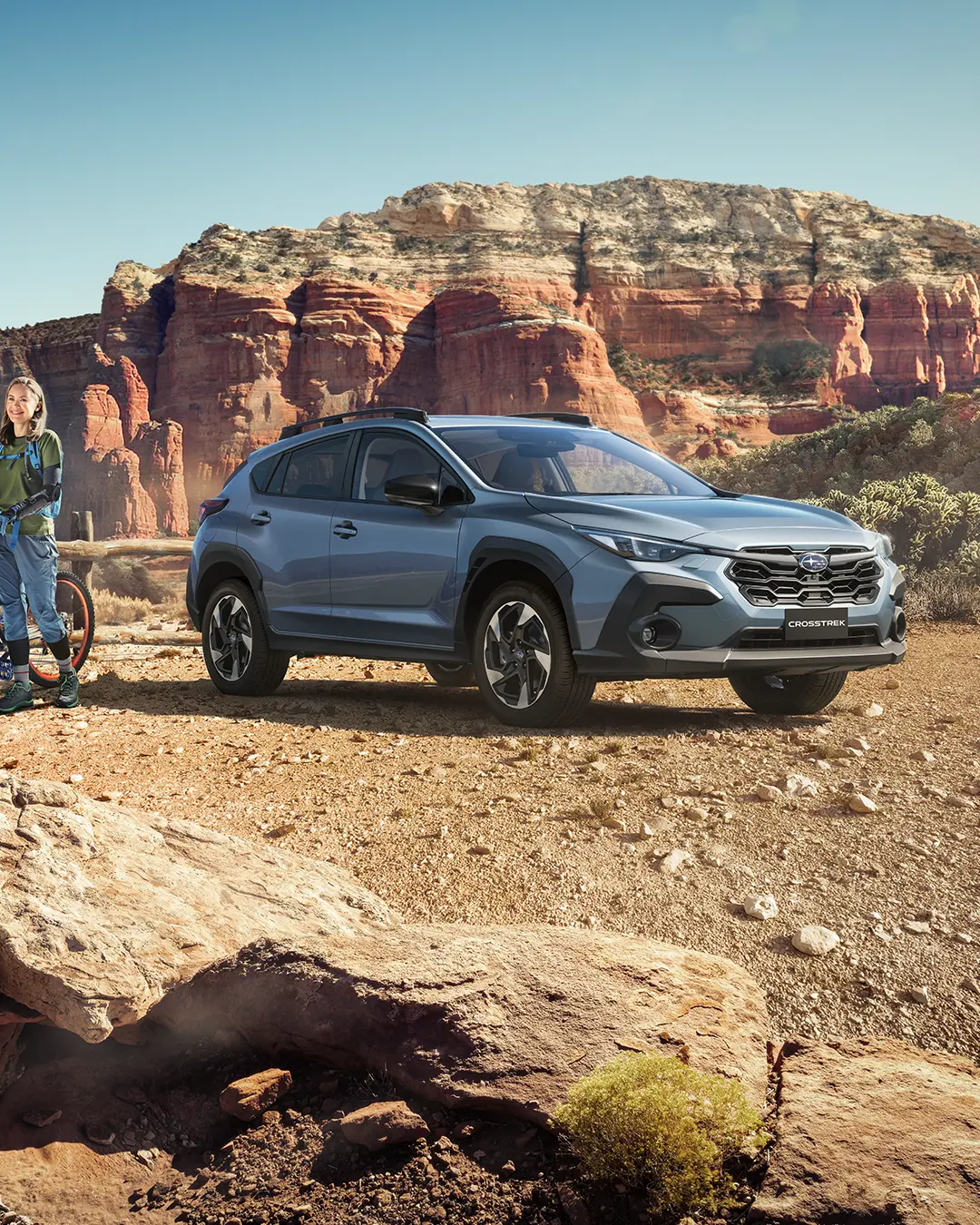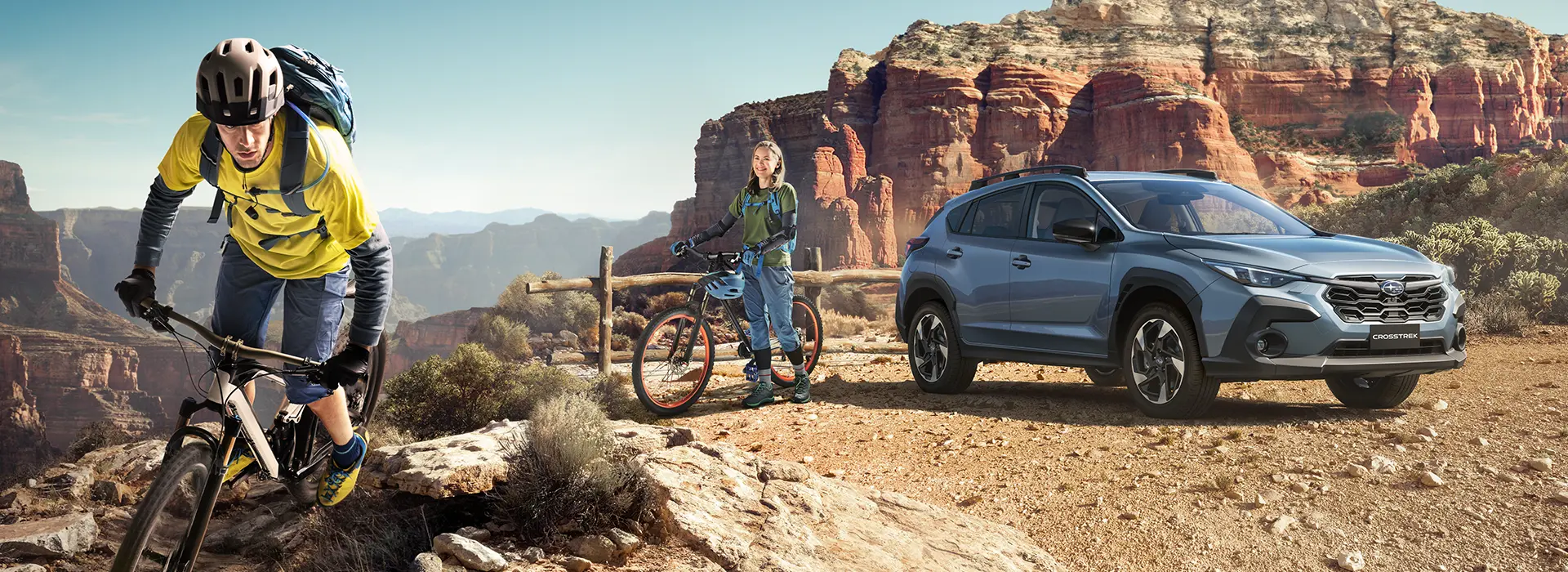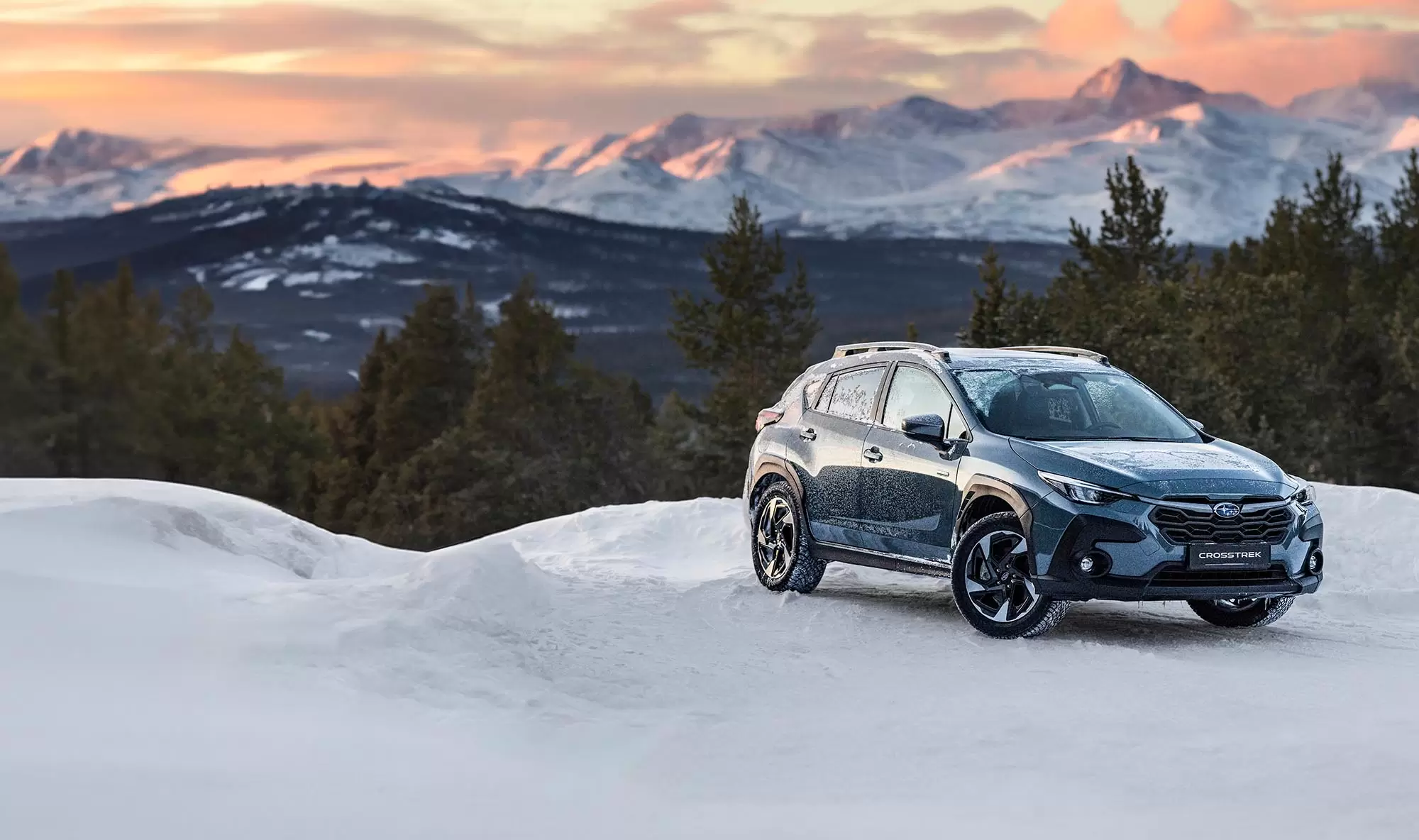
Self-Charging Hybrid Cars
Discover Subaru’s advanced self-charging hybrid range, where innovation meets dependability. Combining petrol engines with electric motor technology, Subaru’s e-BOXER hybrid models are designed to deliver seamless performance and enhanced efficiency. With no need to plug in, these vehicles recharge while you drive, offering convenience and reduced emissions.
Why you’ll love the Subaru self-charging hybrid cars
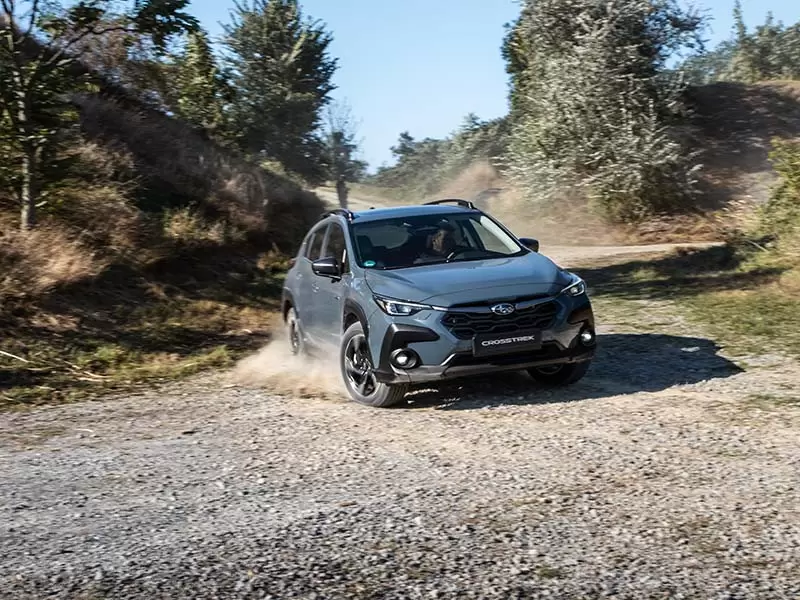
Easy to drive, easy to charge
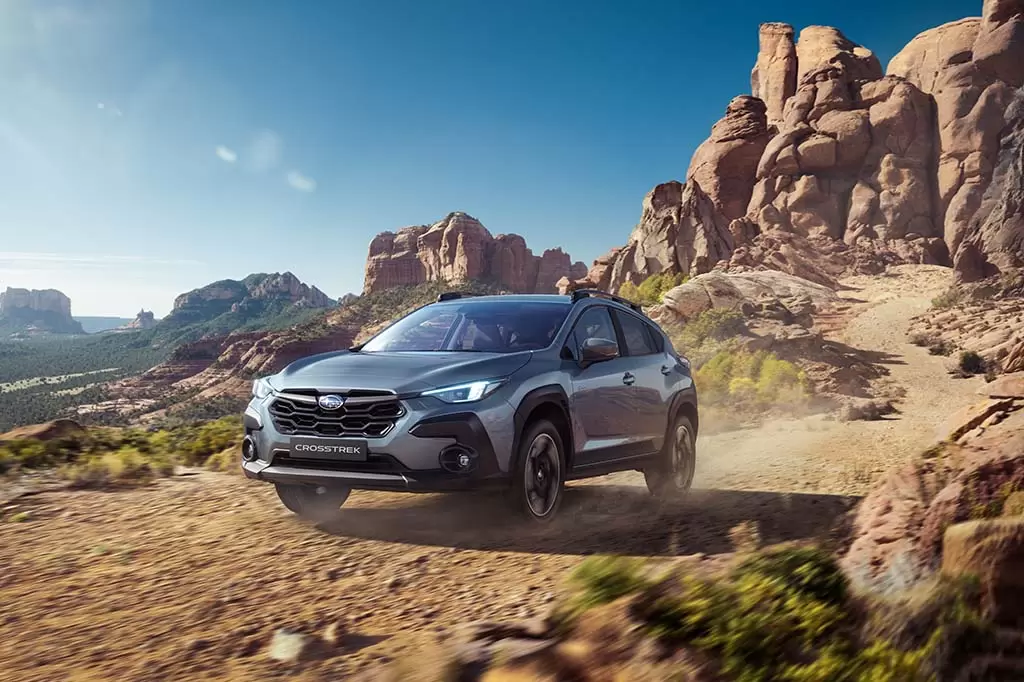
Handle any terrain and all weather
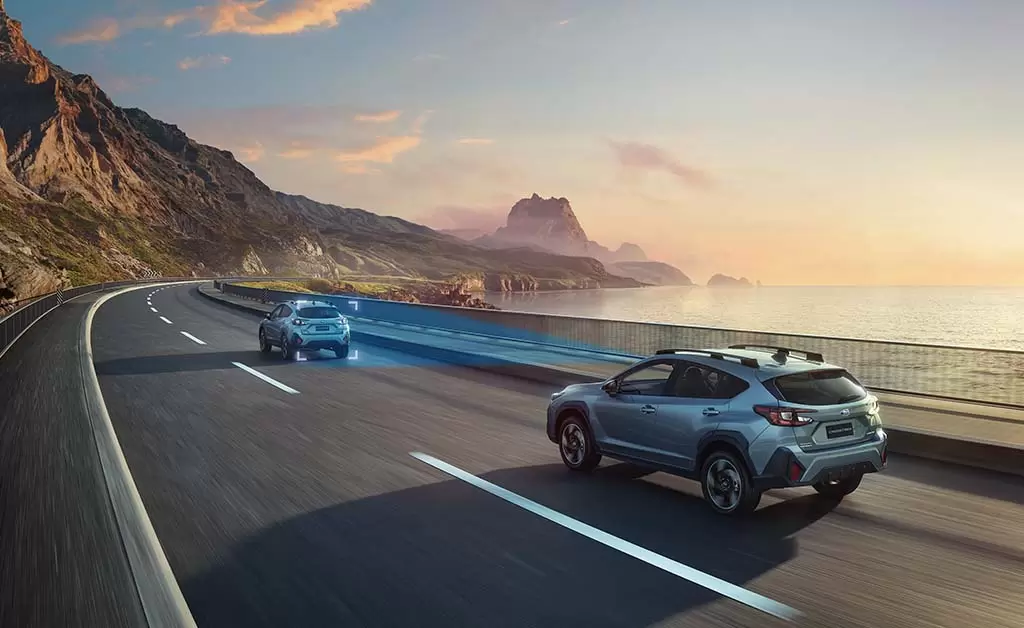
Engineered with your safety in mind
Enjoy the best of both worlds with a brand-new hybrid SUV

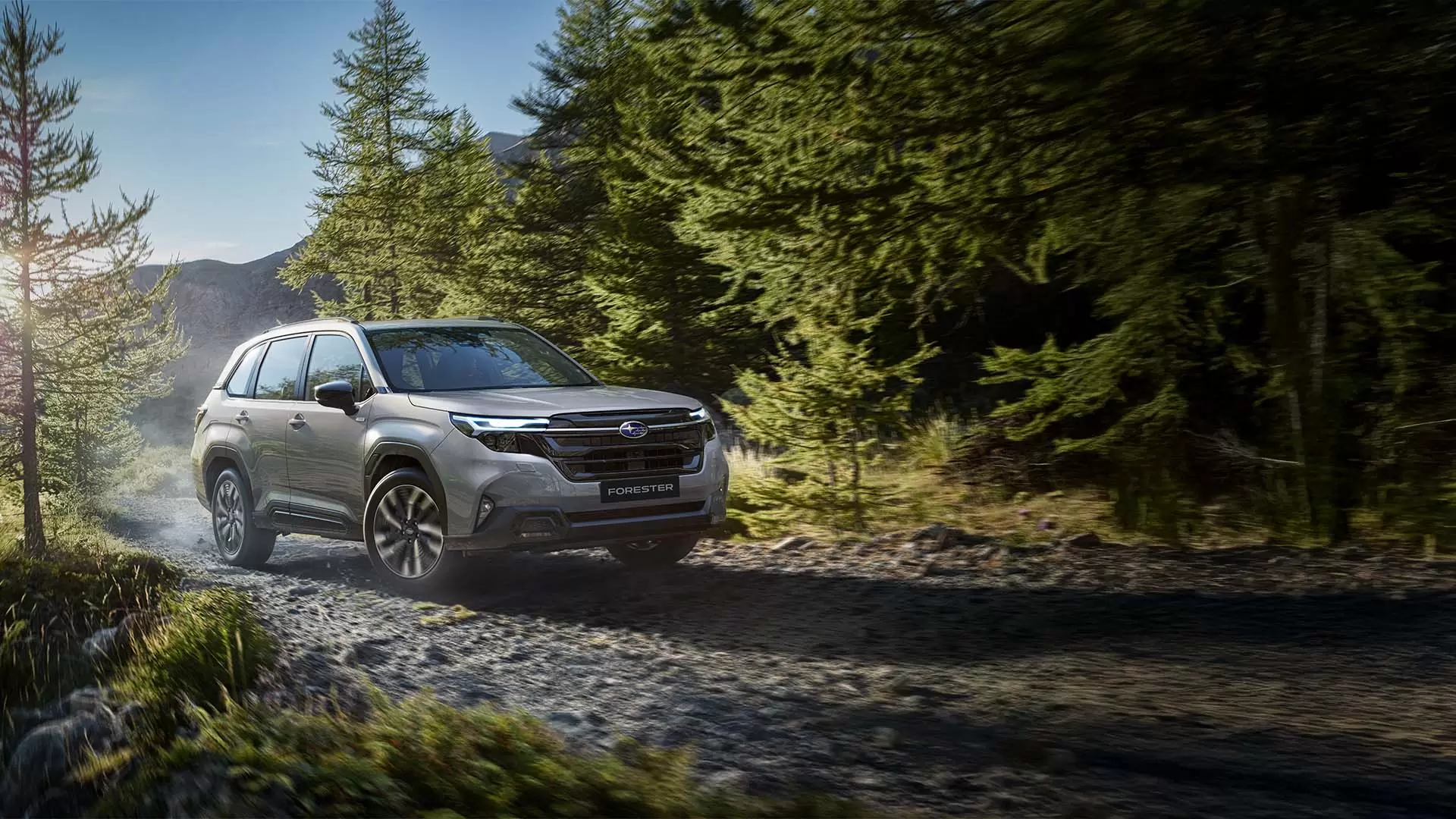
Discover all the advantages of hybrid cars, including more fuel savings and lower emissions.
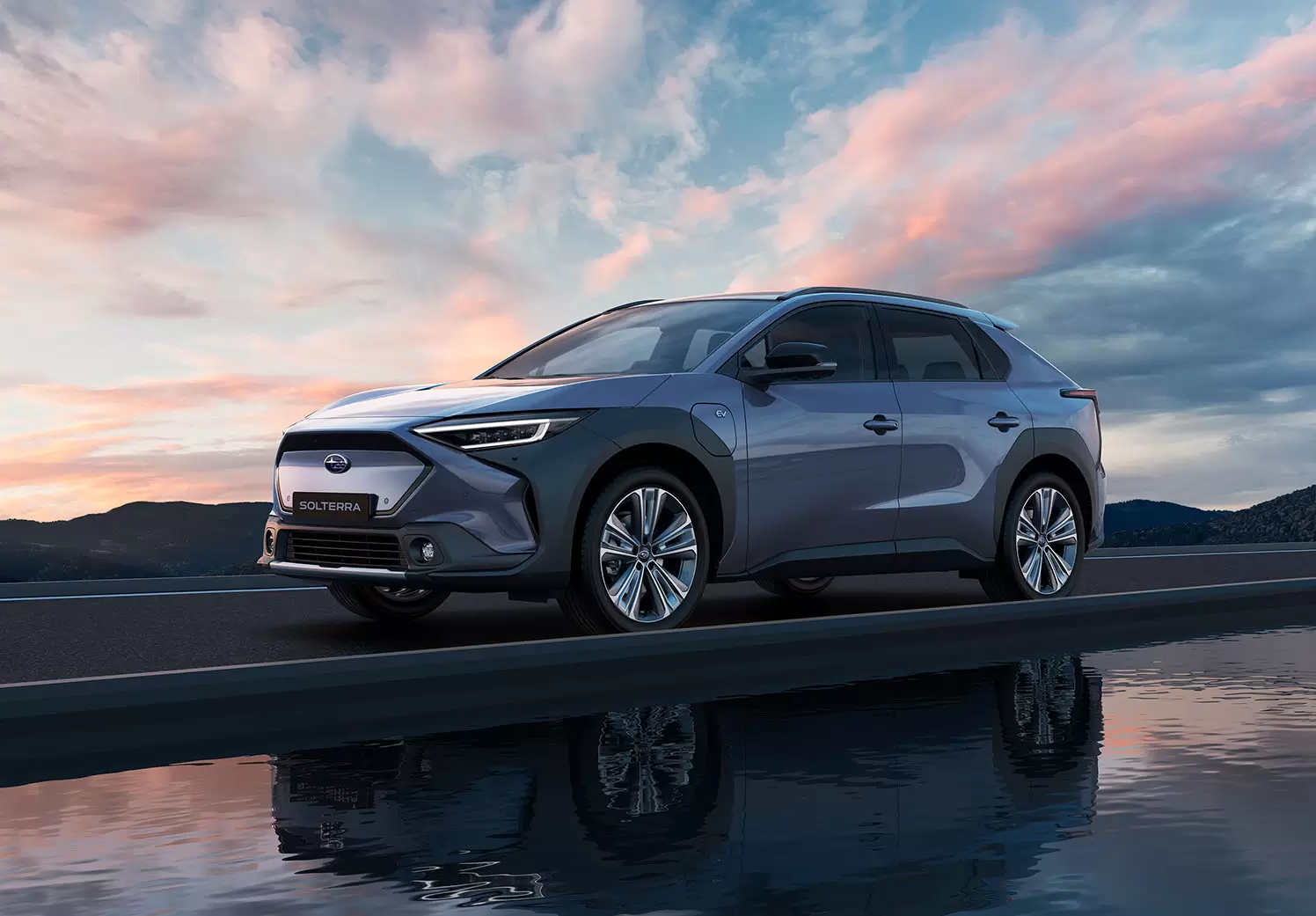
Looking to make the switch to full electric?
Self-charging hybrid cars FAQs
What are hybrid cars?
Hybrid cars blend a traditional fuel car with an electric vehicle. They do this by using both power sources – the internal combustion engine (ICE) from the fuel car, along with an electric motor and battery from an EV. Most cars use both to work together to optimise energy and fuel efficiency. However, many hybrids can use the ICE and electric motor and battery independently. Some hybrid cars are self-charging, like the Subaru Crosstrek and All-New Forester. This uses regenerative braking to convert kinetic energy into electrical energy to charge the battery. With this option, there is no need for an external plug.
Other hybrids, Plug-in Hybrid EVs, do require an external power source. This simply uses the energy from home, work, or a charging station to charge the battery to power the car.
How does a hybrid car work?
A hybrid car uses both an internal combustion engine (either diesel or petrol), as found in a fuel car, and the electric motor and battery from an electric vehicle.
Hybrids use both the ICE and the electric motor and battery together to optimise the car's energy consumption. They do this by switching between both power sources, depending on whether the car is fully charged or not. However, in harsh conditions, the engine and electric motor will work together to give you the best performance.
What is a plug-in hybrid?
Plug-in hybrids (PHEV) need to be plugged in to an external power source to charge the battery. This is because the battery is larger and therefore requires more energy to charge it. PHEVs typically use the electric power for short distances but will use the motor engine for longer distances.
Some plug-in hybrids do also have a regenerative braking feature which self-charges the car by converting energy to the electric motor. However, for PHEVs, this isn’t enough to power the whole vehicle, therefore they need external charging.
How long does a Hybrid battery last?
A hybrid battery has a long-lasting lifespan that could last for anywhere between 150,000 to 250,000 miles. In years, this works out to between 8-15 years of usage. However, this assumes the hybrid battery has had its proper maintenance and upkeep.
Keeping in mind that driving conditions, like extreme weather conditions, driving habits and the age of the electric vehicle, will all have an effect on the lifespan of a hybrid battery. For example, older vehicles might not have as good of a lifespan as newer models due to the technological advancements in battery production.
What is regenerative braking?
Regenerative braking happens when a user presses down on the brake. This converts kinetic energy into electrical energy, which is then stored in the battery. This recharges the battery by acting as a generator of energy. It improves the fuel efficiency of hybrid vehicles through cost savings by consuming less fuel, extends the range of the car, and reduces wear and tear on the brakes themselves.
This differs from a regular fuel car using friction brakes as these create heat, which then simply disperses into the air.
What does PHEV stand for?
PHEV stands for Plug-in Hybrid Electric Vehicle. It refers to a hybrid car that requires an external power source to charge the large vehicle battery. To get the most out of the hybrid feature, a PHEV should be regularly charged for optimal benefits.
Do you have to charge a hybrid?
Whether you need to charge a hybrid or not depends on the type of hybrid vehicle you opt for. For example, a self-charging hybrid, like the Subaru Crosstrek and the All-New Forester, will boast a regenerative braking feature, paired with an internal combustion engine, that recharges the battery. There isn’t a need to recharge through a port with this option.
However, plug-in hybrids (PHEV) do need to be plugged in to an external power source to charge the battery. Their batteries are usually larger and therefore require more energy to charge them.
What's the difference between a Hybrid vs Plug In Hybrid car?
The difference between a hybrid and a plug-in hybrid car (PHEV), is the way the battery is recharged.
With a PHEV, an external source is needed to charge the battery. This is usually because the battery is larger and requires more power. Though this does mean that the range of the electric motor is usually larger than a traditional hybrid.
A self-charging hybrid uses regenerative braking to recharge the electric battery. When you brake, energy is transferred into the battery, which recharges it. These EVs also use the petrol/ diesel engine to propel the car, but pair this with the electric motor for better fuel efficiency. This does mean that the battery is typically smaller compared to a PHEV, so the mileage range could be less too. Check out all the advantages of self-charging hybrids with our handy guide.
How do I charge a plug-in hybrid?
To charge a plug-in hybrid, you’ll need a charging port. These can be found at electric charging stations (at service stations and supermarkets), though this can be pricey. Instead, many choose to charge their PHEVs at home or at work. Depending on the tariffs for your energy provider, this is usually a lot cheaper. You will have to keep in mind the cost of installing a home charging pod, however. Some choose to use a standard 3-pin plug to charge their car, but this can take hours to complete a full charge.
How does self-charging hybrid work?
A self-charging hybrid uses a high-tech blend of both an electric motor and battery, and a gasoline engine. The car will automatically switch between the electric and fuel, depending on the driving conditions. I.e., higher speeds will combine the fuel engine and electric motor to propel the car in the most fuel-efficient way.
Self-charging hybrids don’t have a large electric-only range because the battery is smaller. This does mean that they don’t require an external power source to charge the battery. Instead, regenerative braking converts kinetic energy into electrical energy in the battery which, in turn, charges it. We broke down all the inner workings of self-charging hybrids in this handy guide.
Sign up today
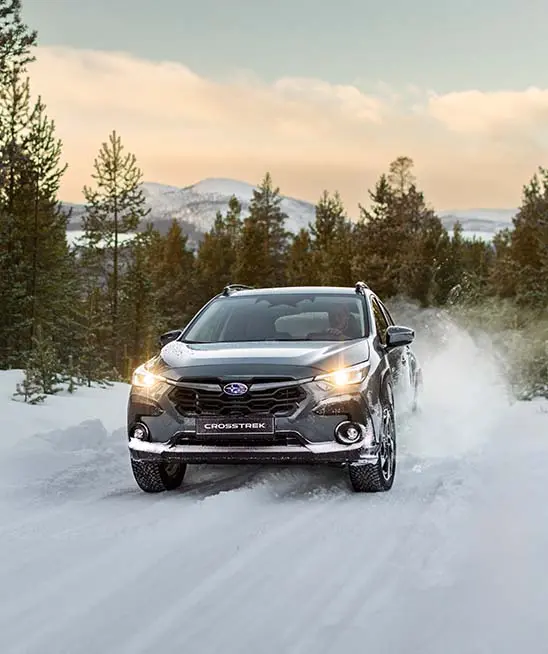
Sign up today


